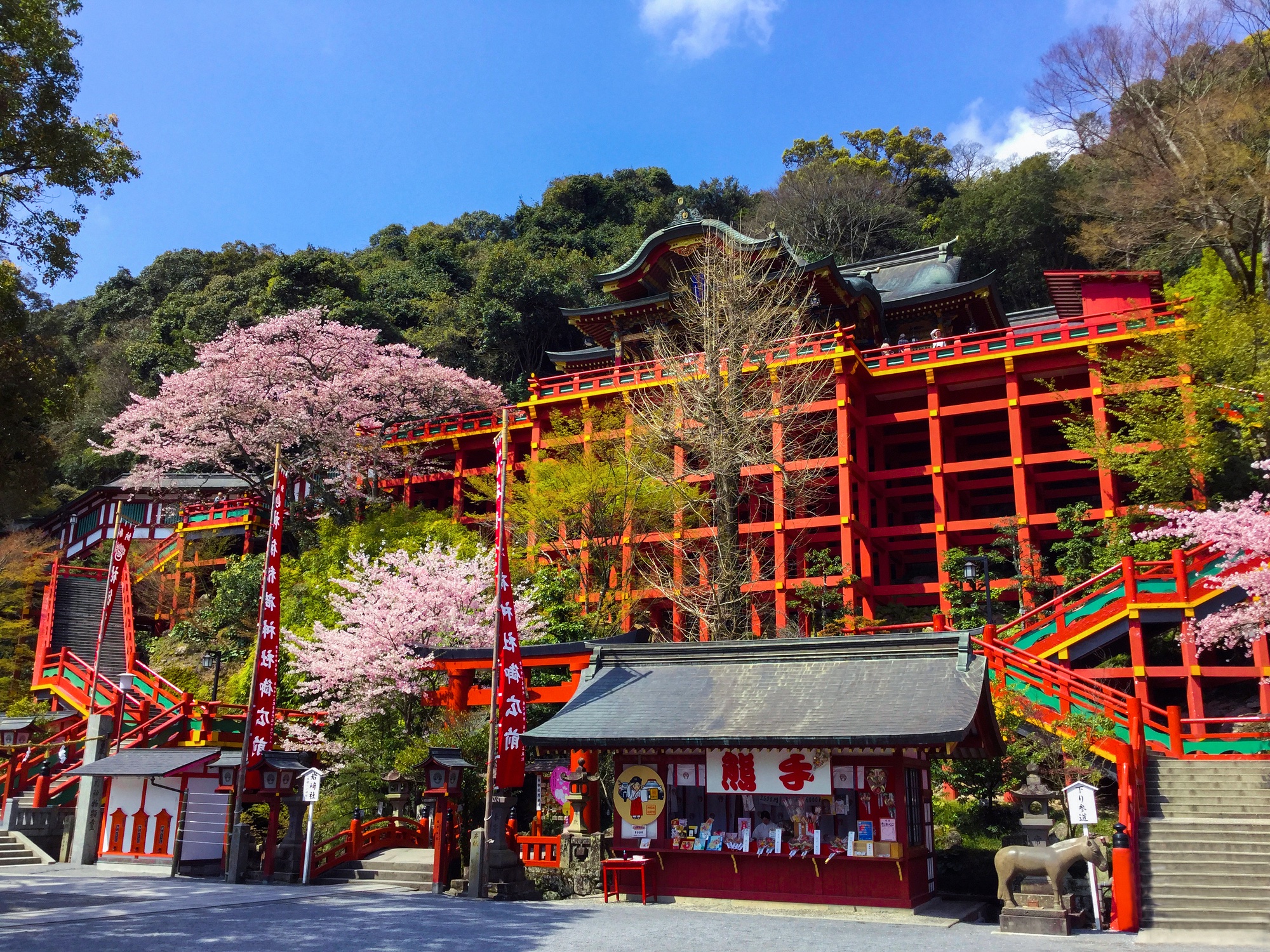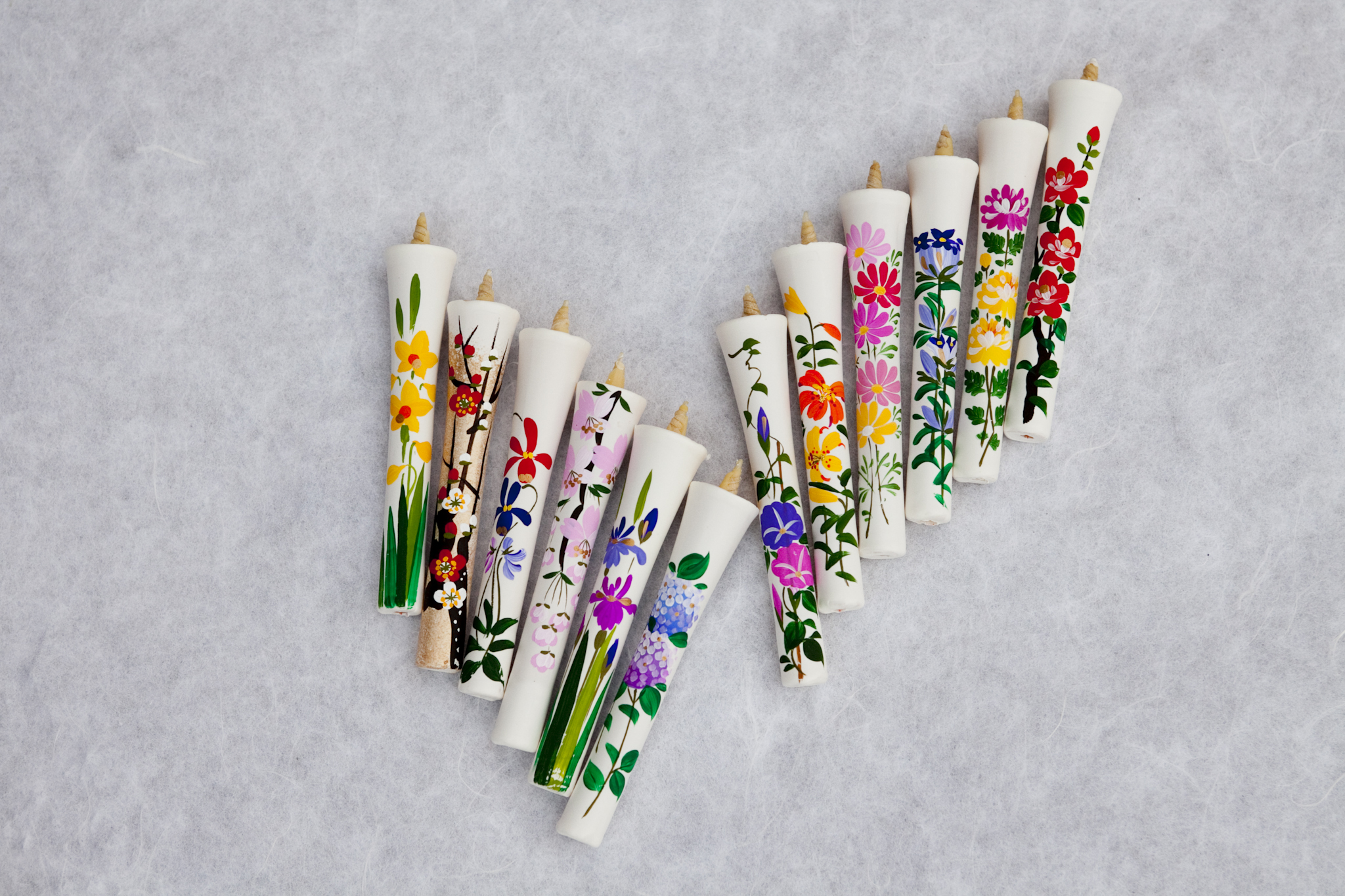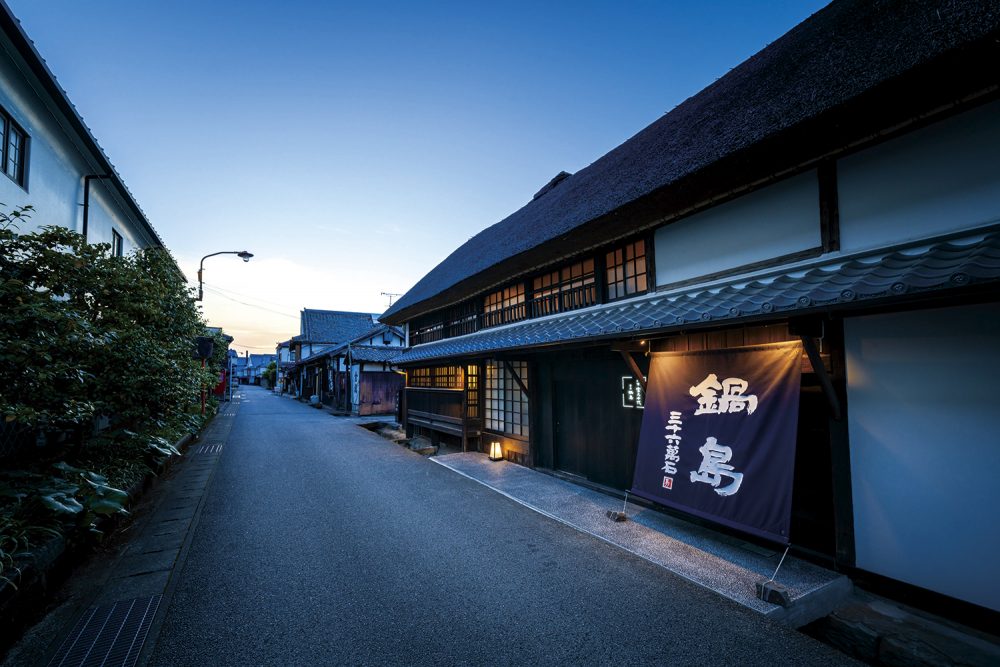There are standard roads that travelers to Japan take that lead to glittering cities and temples. Then there are the lesser traveled roads, which take those seeking quieter but no-less-rich experiences to rural areas where ancient traditions continue amid rolling hills and dense forests. Starting this autumn, the West Kyushu Shinkansen makes journeying down those often overlooked paths a smooth and painless process. Put these sublime Saga and Nagasaki destinations at the top of your list on your next visit to Kyushu.

Day 1
Brews, Views and an Experiential Green Tea Program
Begin your trip by flying into Kyushu Saga International Airport, where, with a boarding pass and advance reservations, you’re eligible for the Kyushu Saga International Airport Rent-a-Car Campaign. The campaign provides a rental car for just ¥1,000 for the first 24 hours, and while public transportation will get you where you want to go, a car provides flexibility and cuts down on travel time.
Sake Culture and Traditional Architecture
Your first stop is the former post town of Hizen Hamashuku in Kashima, Saga Prefecture. Also known as Sakagura-dori (Brewery Street), Hizen Hamashuku was once a center for sake and shoyu brewing. Today, its 600-meter stretch is lined with sake breweries — three remain — and sake shops, as well as a few cafés. The striking white-walled buildings here are known as shirakabe and have gained the area the designation of Important Preservation District for Groups of Traditional Buildings.
The usually quiet area is a hive of activity in spring when it hosts its Sake Brewery Tourism events and in fall, when the Autumn Sake Festival is in full swing.
Yutoku Inari Shrine, a Vermillion Jewel
Close by is Yutoku Inari Shrine, one of Japan’s three major shrines dedicated to Inari, the god of rice and prosperity. The red-lacquered Yutoku Inari rivals Japan’s most splendid shrines with its vivid coloring and raised main hall sitting atop beams 18 meters above the ground.
Beyond the main hall, torii straddle the path to the hilltop Okunoin shrine. Catch your breath from the climb while enjoying spectacular views of the surrounding area and grounds below, whose seasonal flowers — including 50,000 azaleas — add splashes of color to the already vibrant precincts.
Rendezvous with Green Tea Culture
Hot springs bubble up from the ground in Ureshino, which, in addition to its alkaline waters, is also known for Hizen-Yoshida porcelain and green tea. Indeed, green tea made its Japan debut in Saga, where seeds brought from China were planted in the 12th century.
In Ureshino, you don’t simply sip green tea: You immerse yourself in it through tea tourism. A collaboration between local tea farms, ceramic artisans and traditional inns has resulted in a diverse menu of experiences — from cycling to ceremonies — that will have you exploring Ureshino and its culture with tea always within arm’s reach.

Day 2
Ceramics and Two Distinct Hot Springs
In the late 16th century, skilled Korean artisans found their way to this area of Kyushu. Several years later, in the early 17th century, a potter named Yi Sam-pyeong found soft, white kaolin clay at Saga’s Mount Izumi. Thus began the area’s porcelain industry, with the town of Arita gaining fame for its fine creations.
Kiln Hopping and Lunch Served in Style
Admire the best of Arita ware by touring the San’emon (the three masters of Arita ware): the Imaemon Kiln, the Kakiemon Kiln and the Gen’emon Kiln. Each kiln boasts several hundred years of history, its own style and its own claim to fame.
After admiring it, dine on it at Yasuna, which serves meals made with ingredients from the nearby Ariake Sea, Genkai Sea and mountains on an impressive selection of homegrown Arita ware.
Beautifying Hot Springs and An Imposing Gate
Next up is Takeo Onsen, where a gate of vivid red marks the entrance to the town’s hot spring area. The Romon gate, completed in 1915 with nary a nail, was designed by Kingo Tatsuno, the same architect who built Tokyo Station (now the Marunouchi Station Building).
The hot spring itself, alkaline in nature, dates back approximately 1,300 years, and is renowned for its skin-beautifying qualities. Before leaving Saga for Nagasaki, be sure to soak your skin gorgeous in one — or more — of the many public and private baths.
Riding the Rails at High Speed
Travel to Nagasaki Prefecture in style on Japan’s newest Shinkansen service, the West Kyushu Shinkansen, set to open in September 2022. It will make exploring western Kyushu a breeze, covering a 66-kilometer track between Takeo Onsen and Nagasaki stations. Today, however, you’ll disembark at Isahaya Station before hopping on a bus to the hot spring area of Unzen — as famous for its bubbling hellscapes as for its soothing waters — on the Shimabara Peninsula.
Hellscapes and Hot Water
Volcanic gases hiss as they rise from smoking fumaroles and the air wafts sulfurous around Unzen Jigoku (hell). Between 1627 and 1631, this was a place of torture for Christians oppressed by the Tokugawa shogunate.
Though its past includes persecution, it’s hard not to feel fascinated by the geological workings going on beneath the earth’s surface. But don’t linger too long — there’s much more to enjoy in Unzen, from shopping to outdoor activities.
The hot spring inn Azumaen, on the shores of Oshidori Lake, is a peaceful choice for the night. Sup on locally sourced Japanese kaiseki cuisine and bathe in Unzen’s acidic sulfur springs. An early morning walk lets you savor the lushness of your surroundings.

Day 3
Colorful Carp and Seed-based Wax in the City of Water
It takes approximately one hour to travel by bus from Unzen to Shimabara, a city celebrated for its many canals flowing with spring water. There, you’ll find colorful carp that give the city its Koi no Oyogu Machi (City of Swimming Carp) nickname.
Relaxation, Castles and Candles
Experience two sides of the city with visits to Shimei-so, a 19th-century villa built over a spring-fed pond, and Shimabara Castle, once the heart of the thriving jokamachi castle town. The villa’s traditional architecture, water garden and colorful carp project a life of tranquility while the castle, a reconstruction of the original, displays the practical and martial side of life through museum exhibitions. Rent a traditional hakama to wear while walking around the adjacent preserved samurai residences.
Your final stop is Honda Mokuro, a workshop specializing in warosoku candles made with Japan wax extracted from the seeds of wax trees. Time-consuming traditional techniques are still used to make these candles, which range from plain to intricately painted, and it’s hard to imagine purposely melting away such works of art. But the flickering of warosoku is captivating and calming, making them the perfect accompaniment for a hot bath or meditation session.
A Delightful End to Three Days of Discovery
From Honda Mokuro, make your way to nearby Omisaki Station and board a cute-as-a-button bright yellow Shimatetsu train. An hour on this charming rural train will take you back to Isahaya Station, ending your 72-hour journey through the wonders of Saga and Nagasaki. All that’s left to do is board a bus to Nagasaki Airport and head off towards your next adventure.
Essential Info
- Saga Trip Genius
- Saga Rent-a-Car Campaign
- Ureshino Green Tea Tourism
- West Kyushu Shinkansen
- Discover Nagasaki
- Shimatetsu Railway
Sponsored Post
Updated On January 10, 2023









